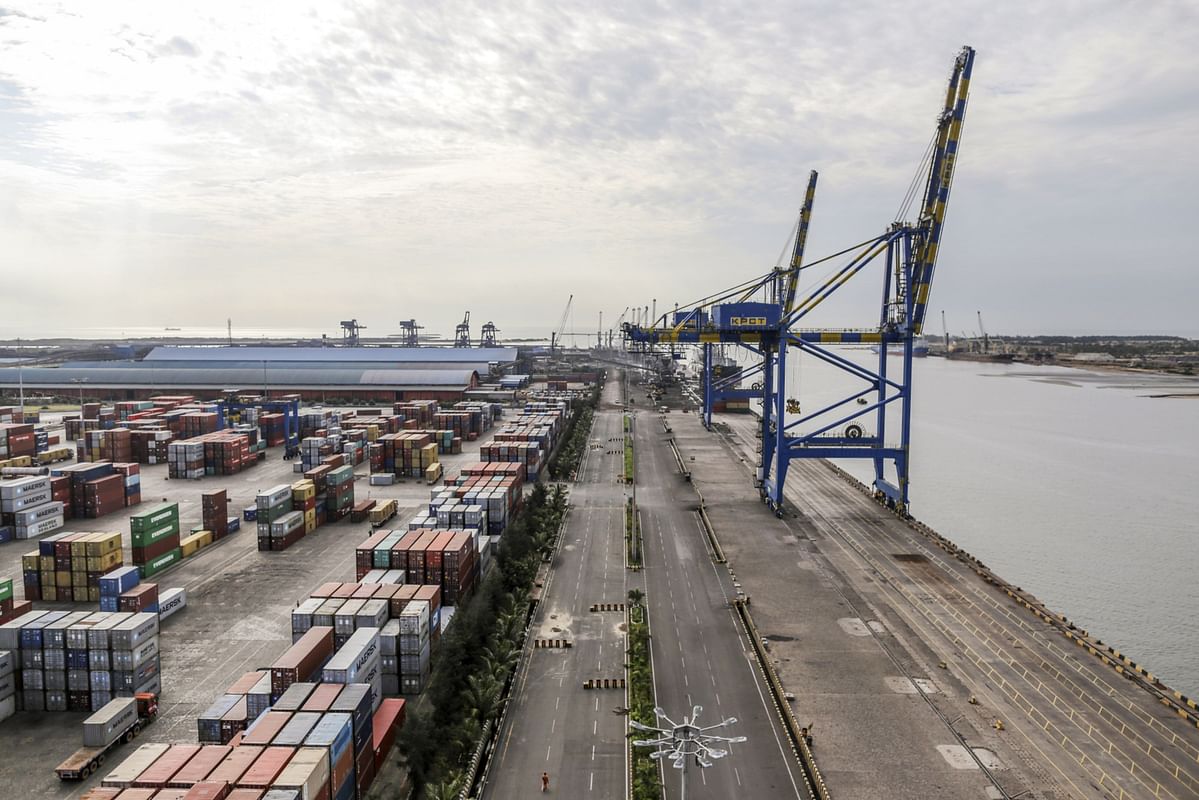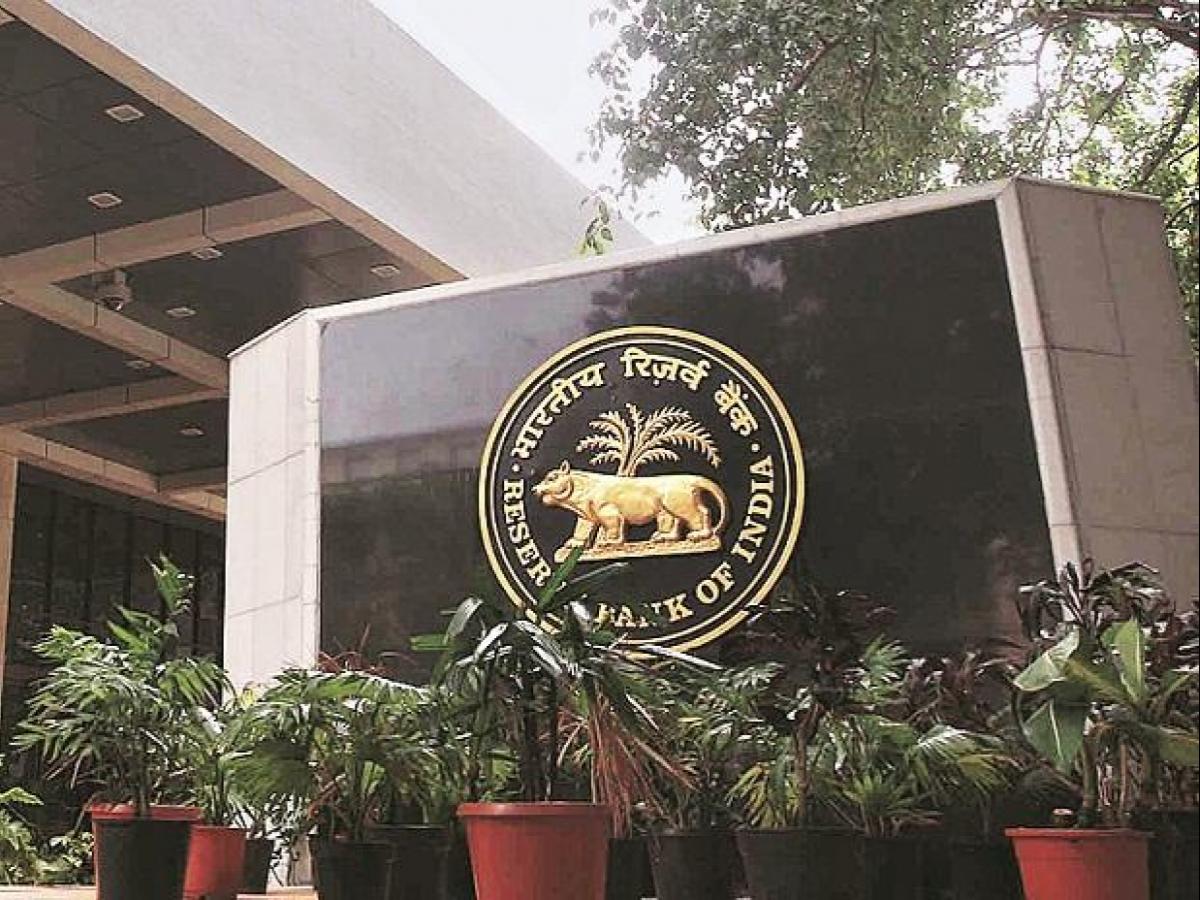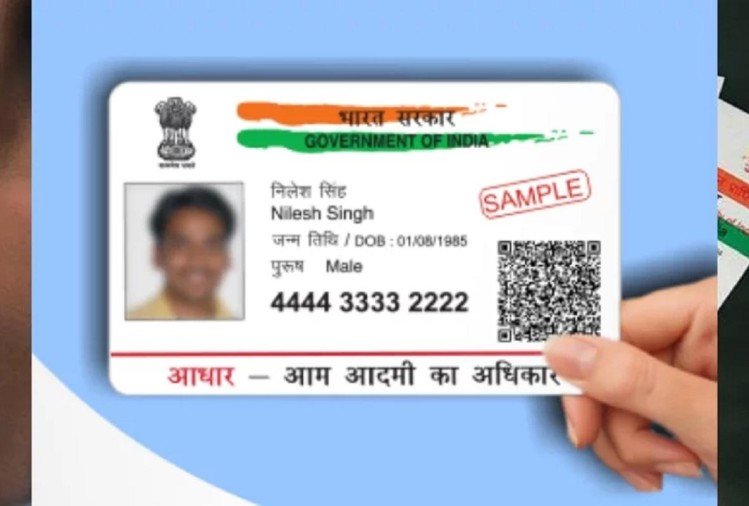It is important to have a productive accounts receivable strategy to optimize cash, no matter the business structure. No business can function unless it has optimal working capital, and this is possible when the accounts receivable process is in accordance with the company’s position. In this article, we will discuss the best practice to increase the efficiency of Capital Optimization of accounts receivable.
Importance of Working Capital Optimization of Accounts Receivable
Some of the benefits of streamlining accounts receivable can take time, but many other features are immediately apparent. This can be harnessed by looking at increased capital as a way of increasing liquidity by avoiding potential wastage of existing capital. In addition, businesses operate more seamlessly with increased capital and less debt. As far as streamlining the accounts receivable process is concerned, you should start as soon as possible without any delay. This includes sharing payment policies with the customer during the initial phase itself.
Tips to improve receivable accounts and working capital optimization
It can be difficult at first to administer the process well, but it can be done easily by taking advantage of the following strategies:
- Accurate Management of Customer Data
To establish and maintain the receivable process of productive accounts, centralize the primary data process so that customer accounts and information are accurate. For example, when customer addresses are invalid, it causes delivery of invoices to the wrong address, making the collection process more complicated.
So periodically examine the customer’s account periodically to identify any issues such as abnormal terms of payment, credit limits and discounts. Any change in customer data must be supported by a document for future reference. To reduce data manipulation the firm should pay attention to establishing an effective control.
- Adopt Customer Friendly Approval Process
It is clear among businesses that they create an unproductive credit protocol to increase sales, resulting in compromised cash flow management. Giving credit is not bad for businesses as long as it does not affect the working capital or cash flow management of the company. The firm should take advantage of a certain process for approving lending.
In this process the entire workflow of the application process, the situation under which the account is placed on hold, as well as the guidelines related to the evaluation and overriding of the credit limit will have to be shown. It should be continuously audited to identify pain points.
- Include Efficient Billing Process
Each company’s billing process creates a roadmap for productive or inefficient invoice management. The invoicing process must be optimized to achieve high accuracy because an error can adversely affect overall productivity and profitability. Also, it is important to define how to create invoices as well as deliver invoices on time.
Take advantage of the latest technology to digitize invoicing. This can prove to be a great solution. Accounts with errors should be indicated with reports highlighting the primary cause of efficient behavior.
- Refine the Cash Application Process
When the payment reaches the company, they must be linked to a valid invoice and a valid customer. This can help during future conflicts. Payment must be applied on time to classify current and past accounts.
The process of cash application can be easily streamlined with minimal complications by offering limited payment options to customers. Journal entries regarding cut-off dates should be recorded accordingly and earlier.
- Reducing Inefficiencies with the Archiving Process
If you want an uninterrupted cash flow management, then optimize the accounts receivable process according to the current conditions. A proactive approach should be employed in this regard to aid in collection efforts.
Additionally, it is necessary to establish a production process to negotiate payment plans to ensure compliance with the company’s purpose. Automation of the entire process should be done with the help of the latest technologies to reduce the possibility of mistakes.
Conclusion
A firm can improve its working capital by converting its current assets into liquidity. For example, if a firm efficiently maintains its accounts receivable and inventory, it can increase cash flow. Similarly, if a firm establishes supplier-friendly loan terms with its vendors, firms will benefit from having increased working capital.










